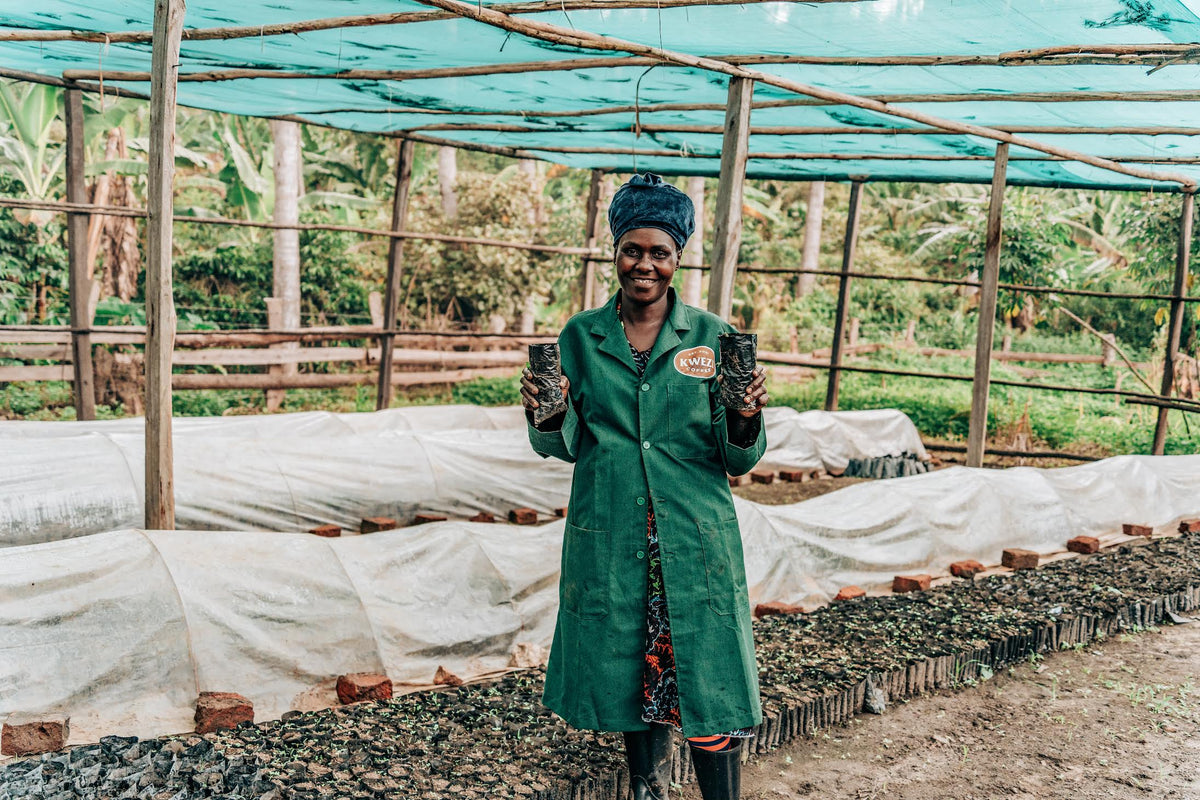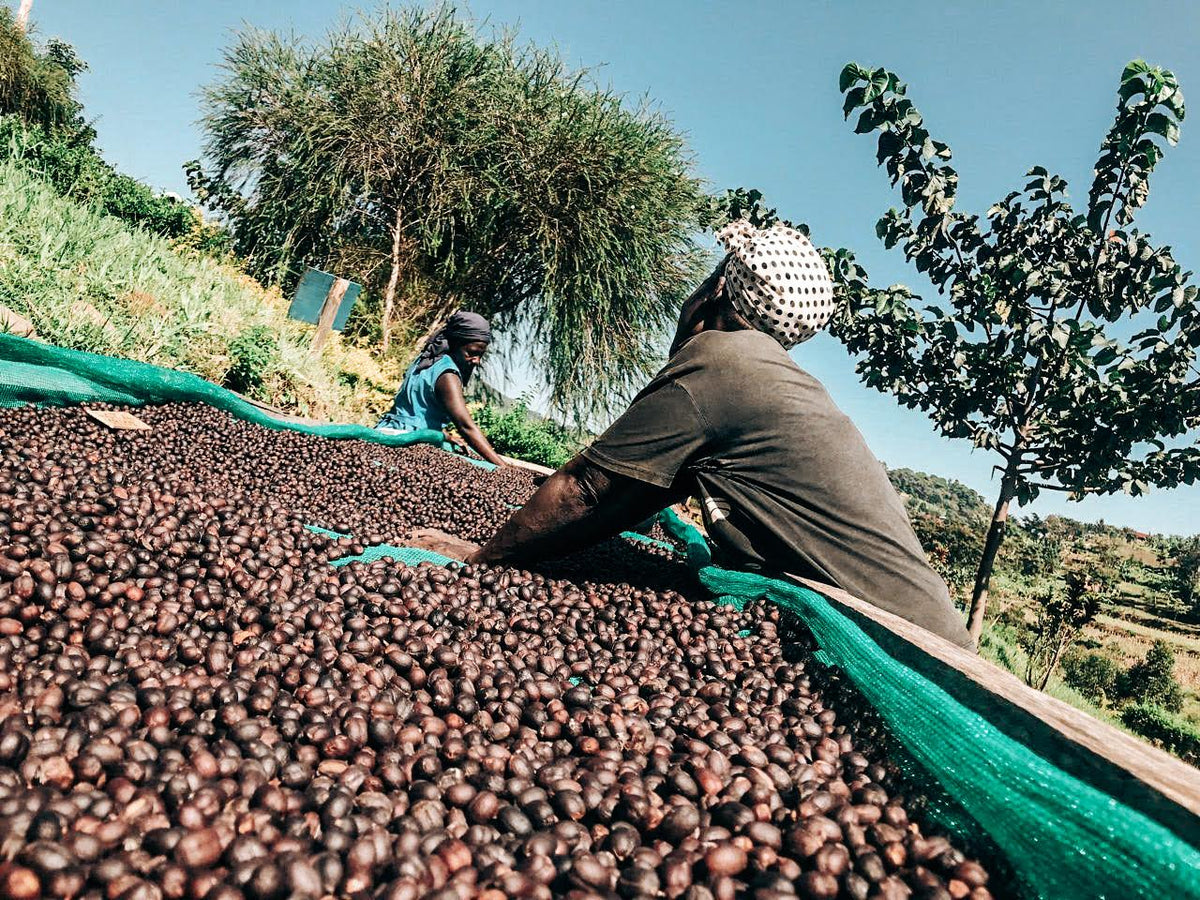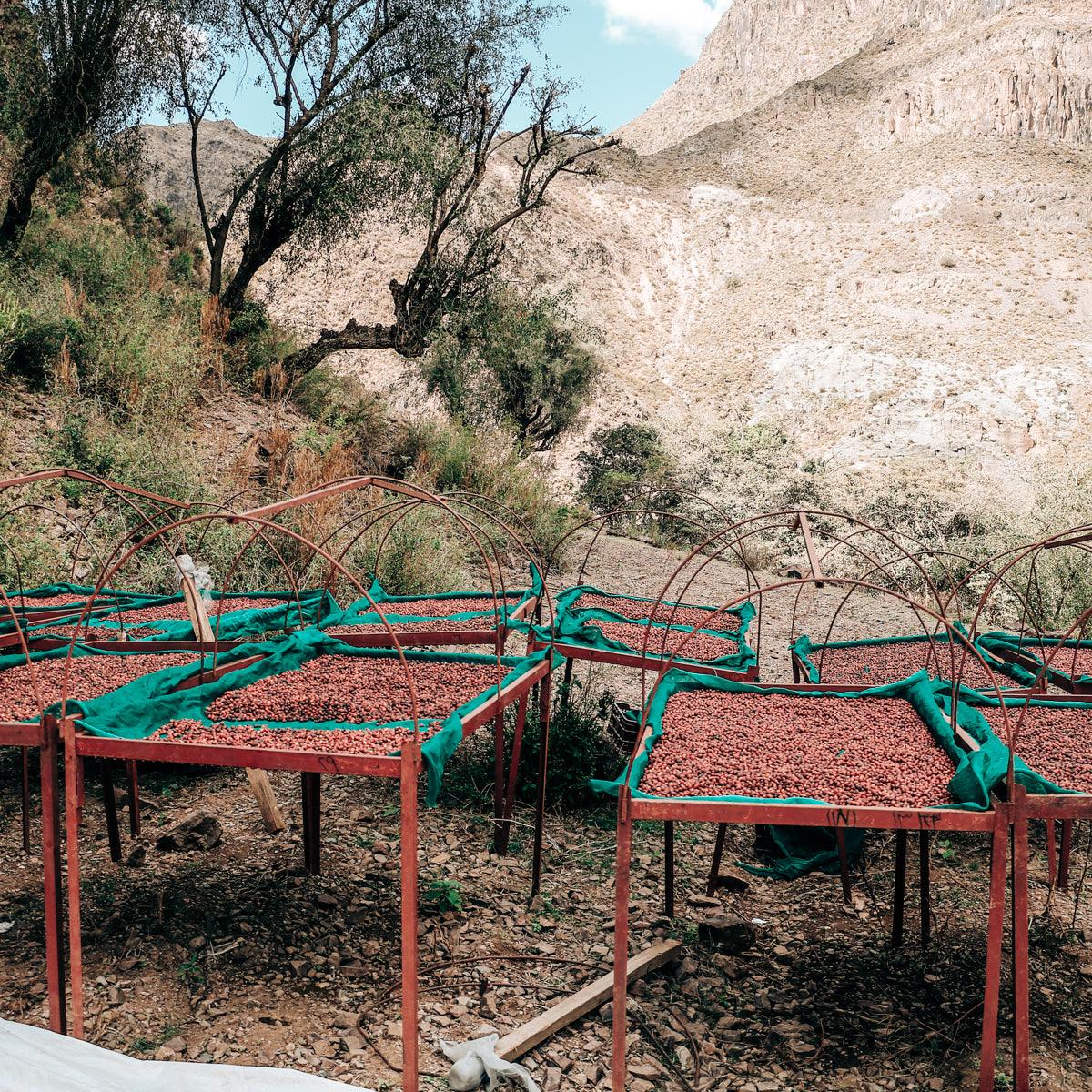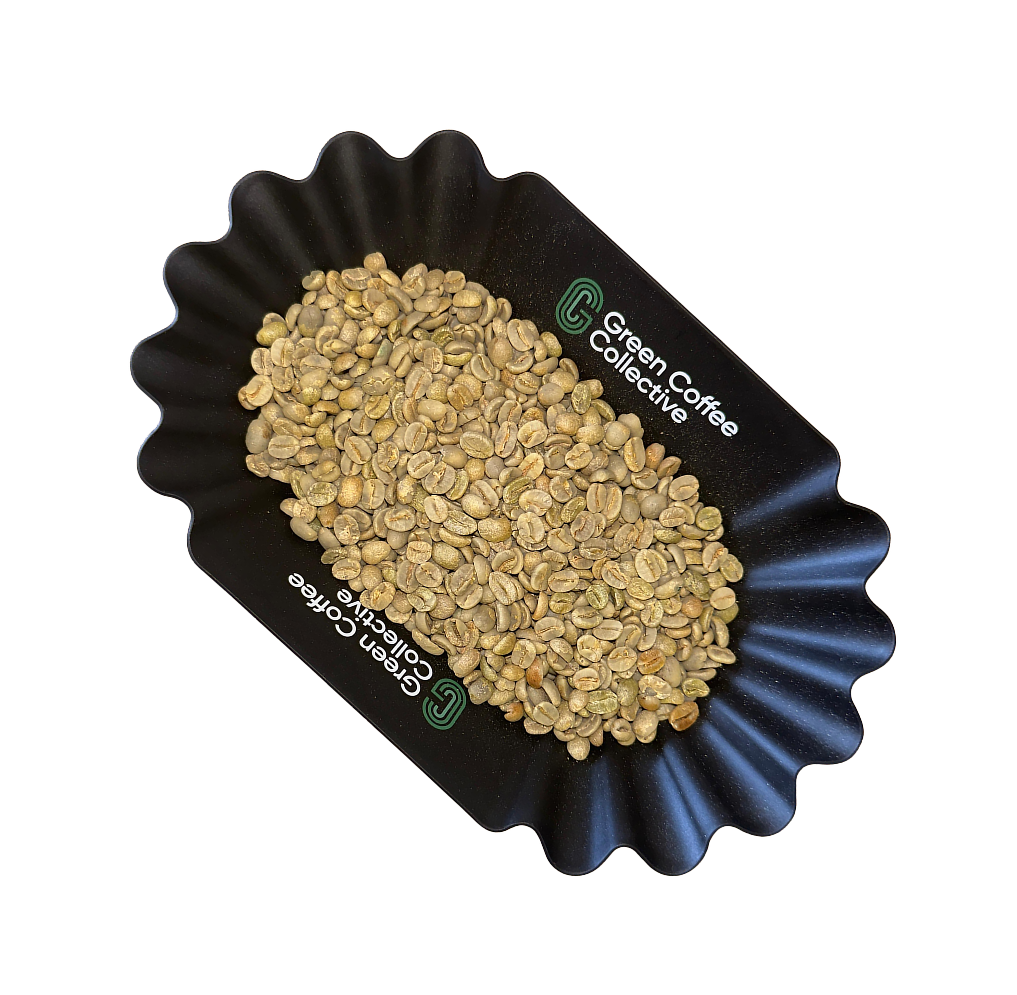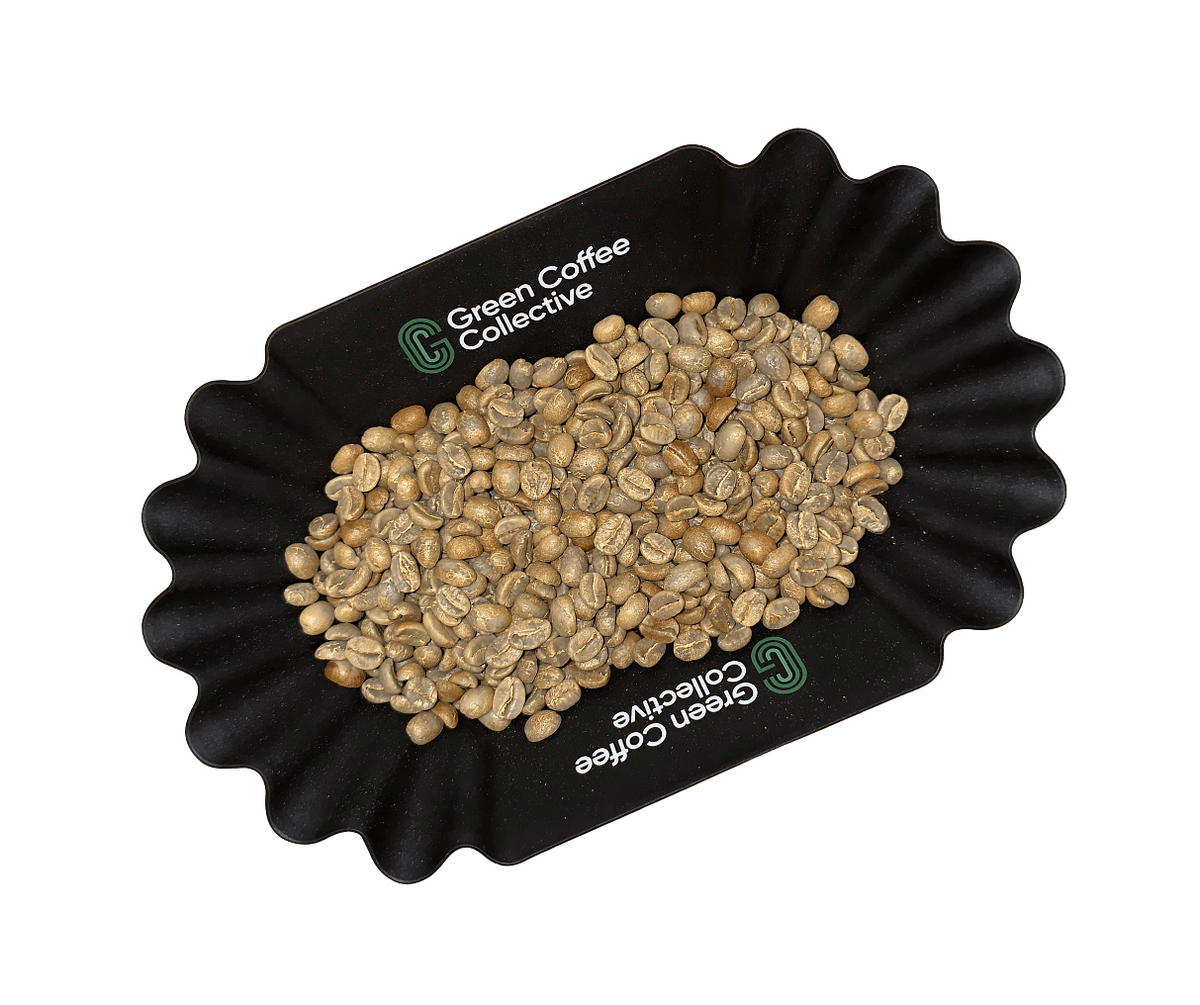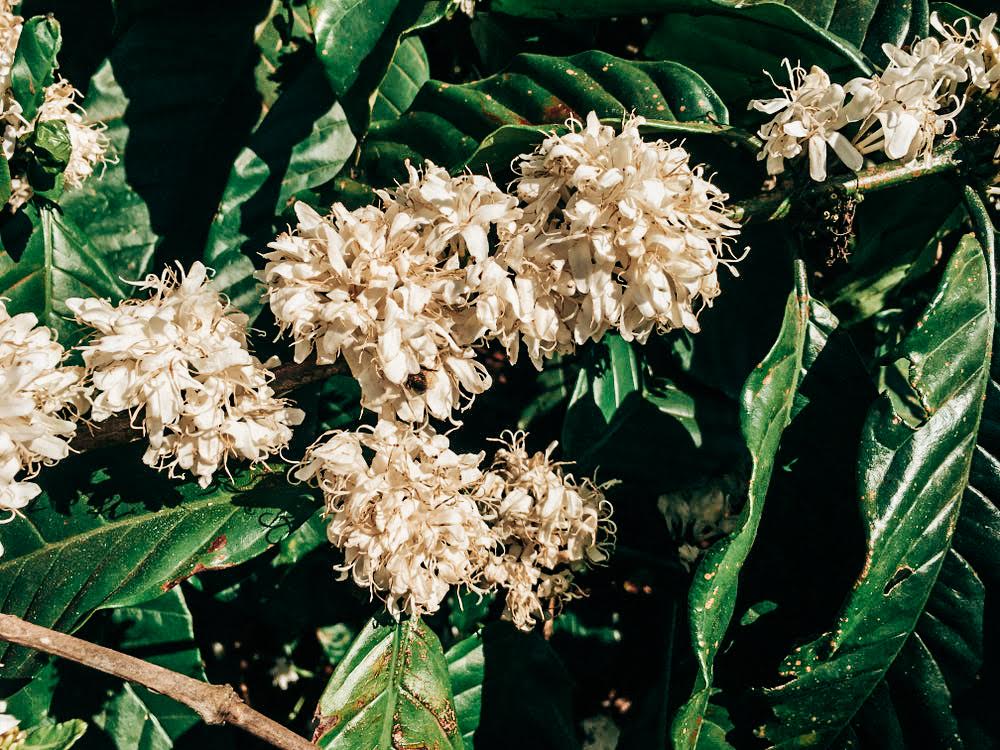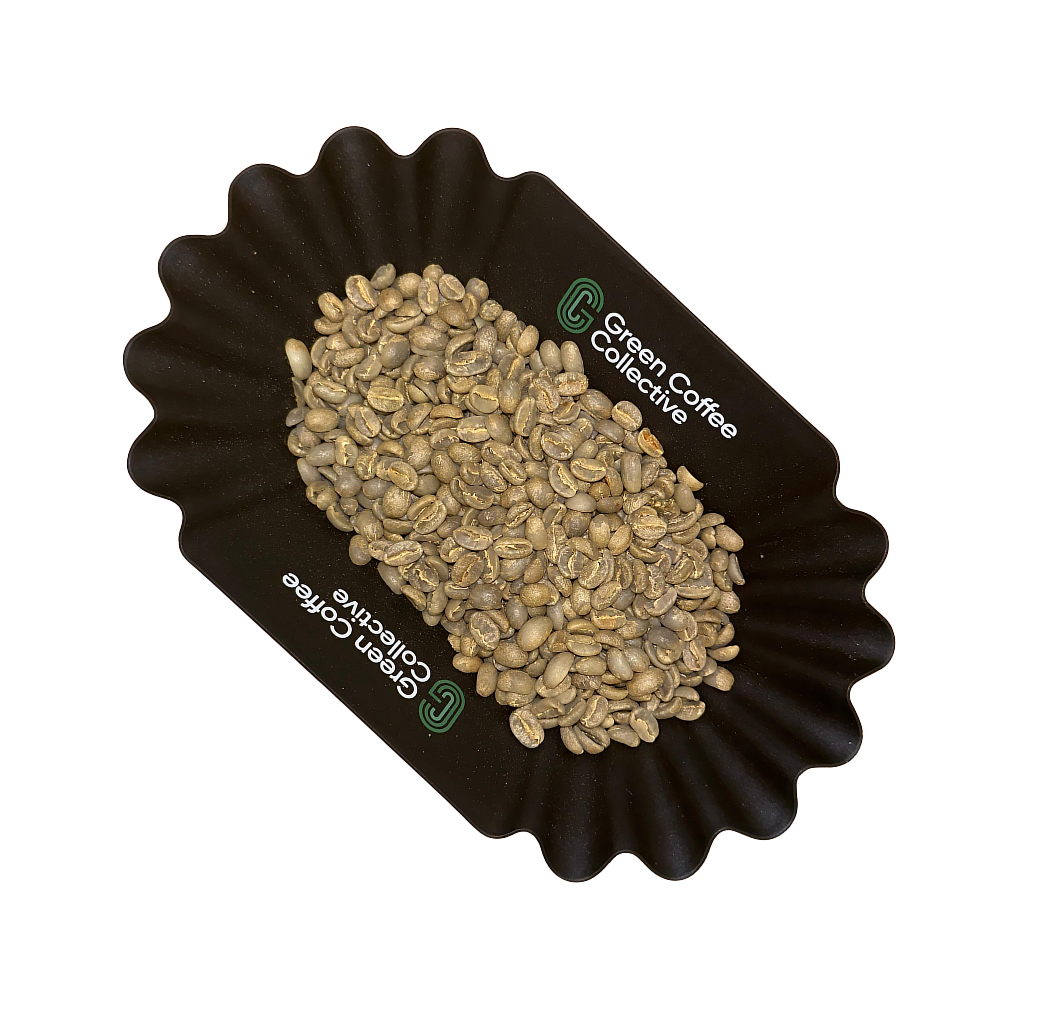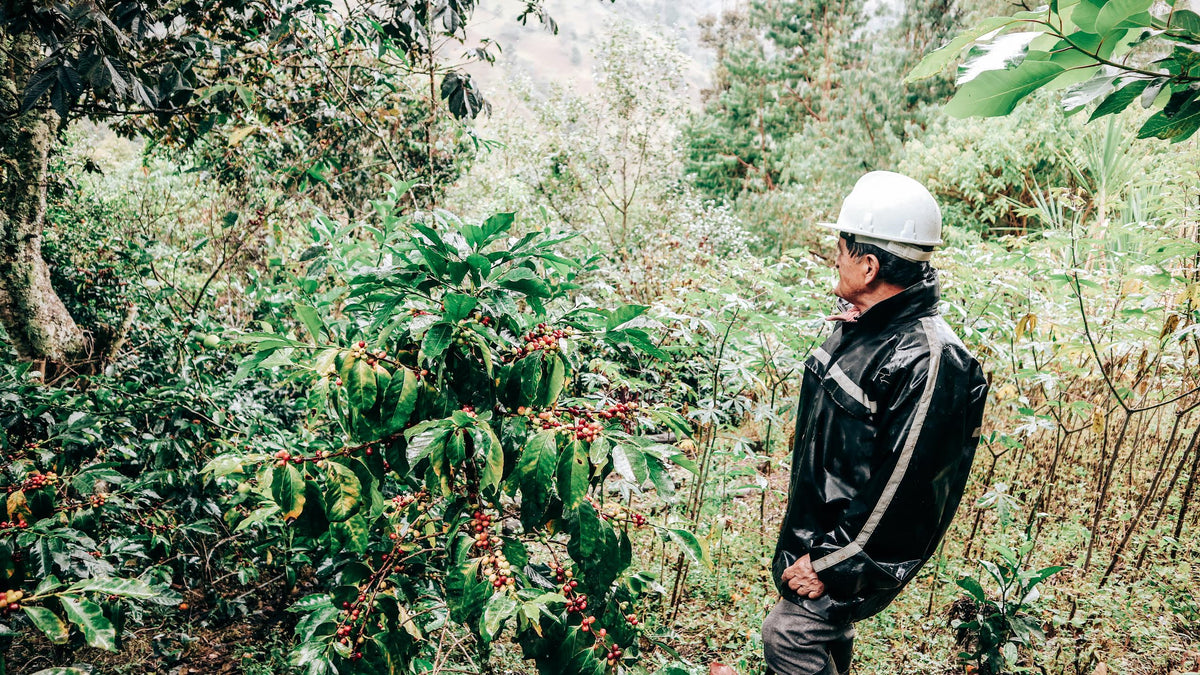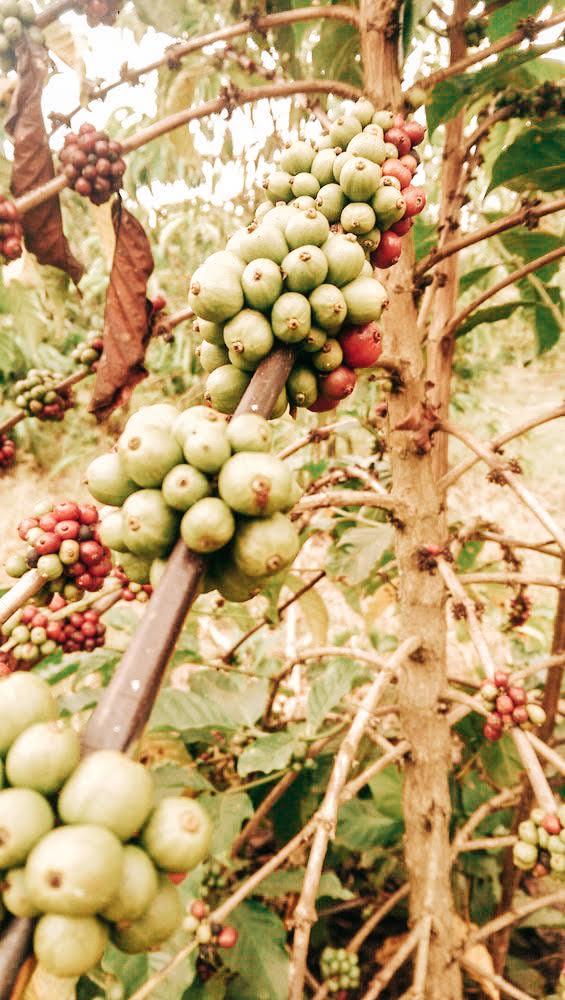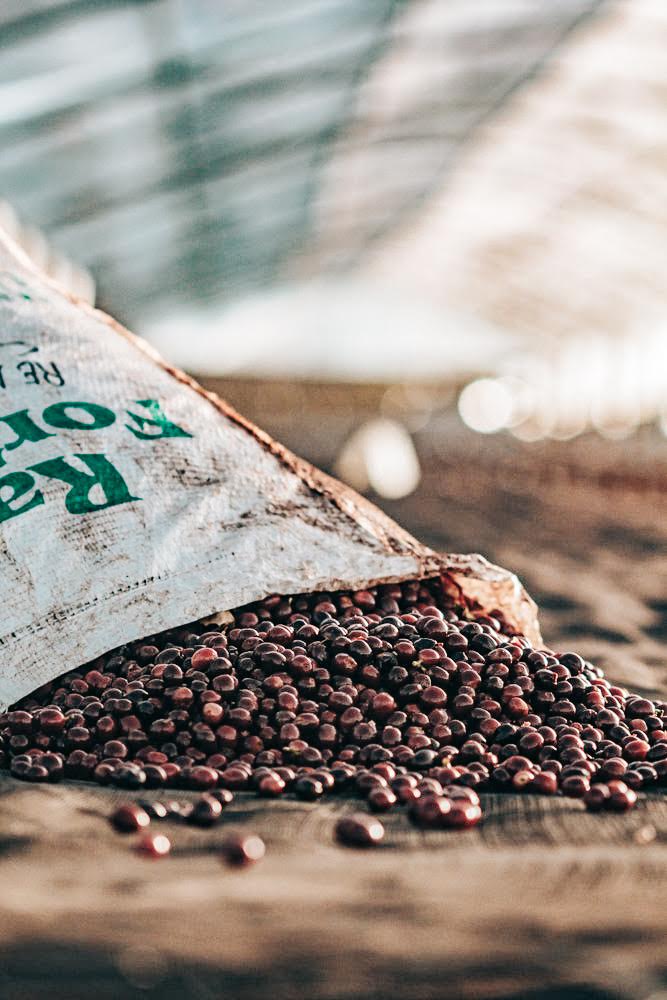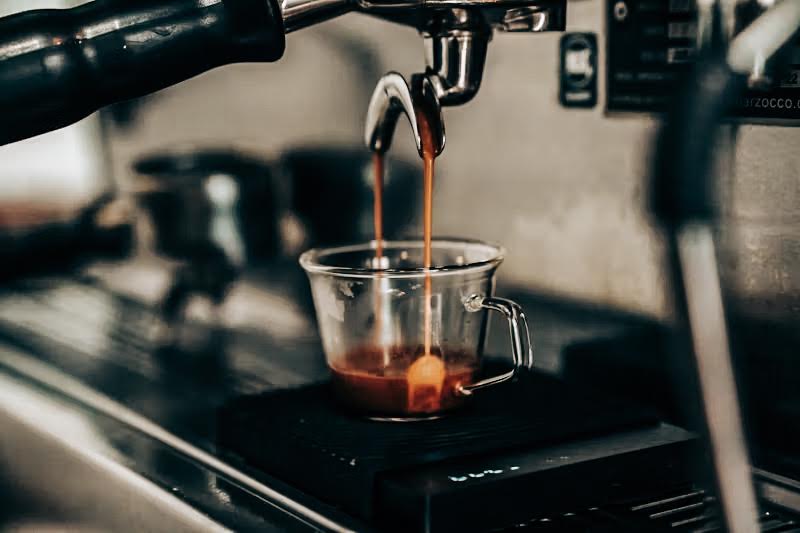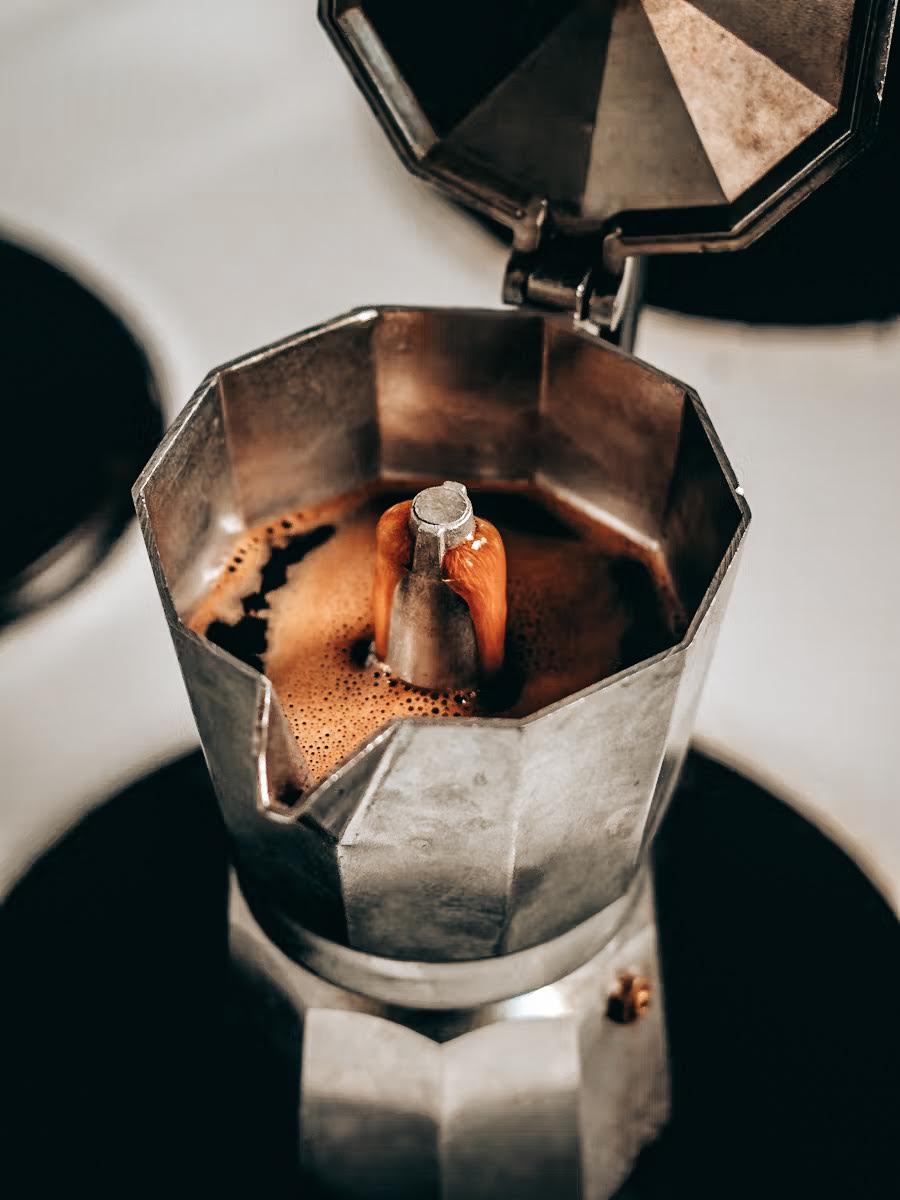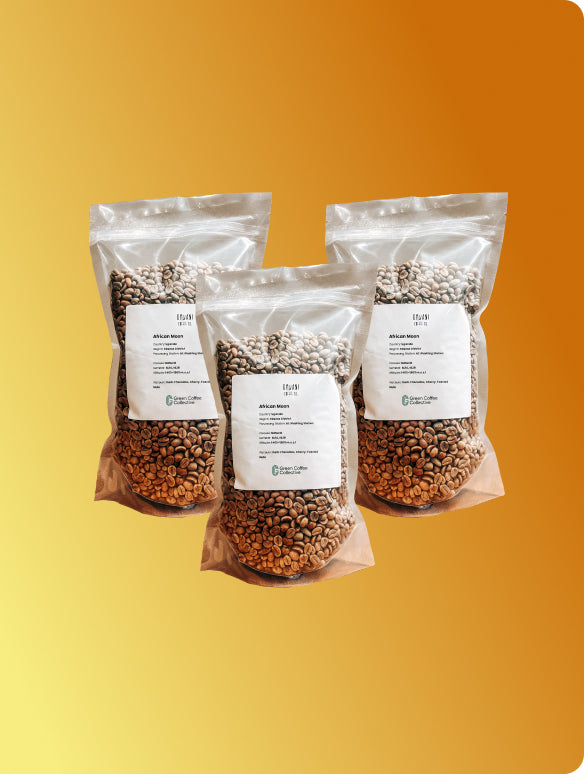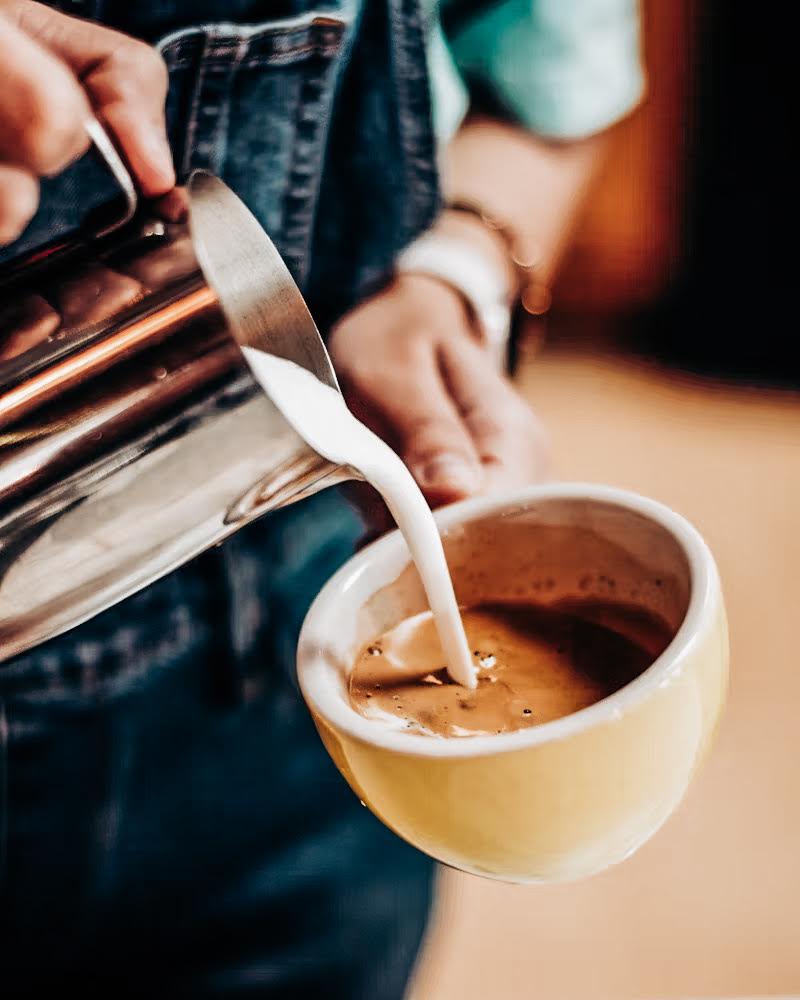
Green Coffee for Milk-Based Espresso Drinks
Some coffees just work better with milk. This selection of green coffees has been chosen for how well they hold up - and even improve - when paired with steamed milk. From chocolatey Brazils to washed Colombians and sweet, full-bodied naturals, these lots deliver structure, balance, and flavour that complements milk’s richness. Whether you're after something classic or slightly offbeat, these coffees are designed to shine in milk-based espresso drinks.
-
Bukonzo Dream
Cupping Score86.25Processing methodVarietalSL 14 , SL 28Main flavour notesStrawberry | Caramel | Milk Chocolate | Tropical FruitOut of Stock -
Kwezi Natural - Drugar Premium
Cupping Score85.0Processing methodVarietalSL 14Main flavour notesFruity | Nutty | Honey | ChocolateIn Stock+5kg left -
Al Hayma & Anis Decaf
Cupping Score81.5Processing methodVarietalMultipleMain flavour notesGrape | Raspberry | LemonOut of Stock -
Pinhal Blend
Cupping Score82.5Processing methodVarietalMultipleMain flavour notesDark Chocolate | Cherry | Macadamia | MolassesOut of Stock -
Hermanos Aguilera Yellow Honey San Roque
Cupping Score86.75Processing methodVarietalSan RoqueMain flavour notesJasmine | Brown Sugar | Dark ChocolateOut of Stock -
Washed Honduras SHG EP
Cupping Score82.75Processing methodVarietalMultipleMain flavour notesChocolate | Nougat | Brown Sugar | NutOut of Stock -
Johan Vergara | Java
Cupping Score85.0Processing methodVarietalJavaMain flavour notesChocolate | Roasted Almonds | Red BerriesOut of Stock -
Vietnam Robusta Wet Polished Scr. 18 RFA
Cupping Score81.0Processing methodVarietalCanephoraOut of Stock -
Gladys Erazo - Red Bourbon
Cupping Score87.0Processing methodVarietalRed BourbonMain flavour notesDulce de leche | Floral | PistachioOut of Stock -
MK03 Fulvio Salinas Field Blend Washed
Cupping Score86.0Processing methodVarietalTypica , San SalvadorMain flavour notesPanela | Milk Chocolate | Spiced | Slight FloralLow Stock -
Uganda Bugisu AA Fully Washed RA
Cupping Score84.5Processing methodVarietalBourbon , SL 28Main flavour notesLemon | Black Tea | Brown Sugar | SweetOut of Stock -
Timaná Community - Washed Castillo
Cupping Score84.0Processing methodVarietalCastilloMain flavour notesLight Caramel, Toffee, Orange, WalnutOut of Stock -
Brazil Natural Scr. 16/18 Fine Cup
Cupping Score80.25Processing methodVarietalBourbon , Catimor , Catuai , Caturra , Mundo NovoMain flavour notesNut | Earthy | CedarOut of Stock
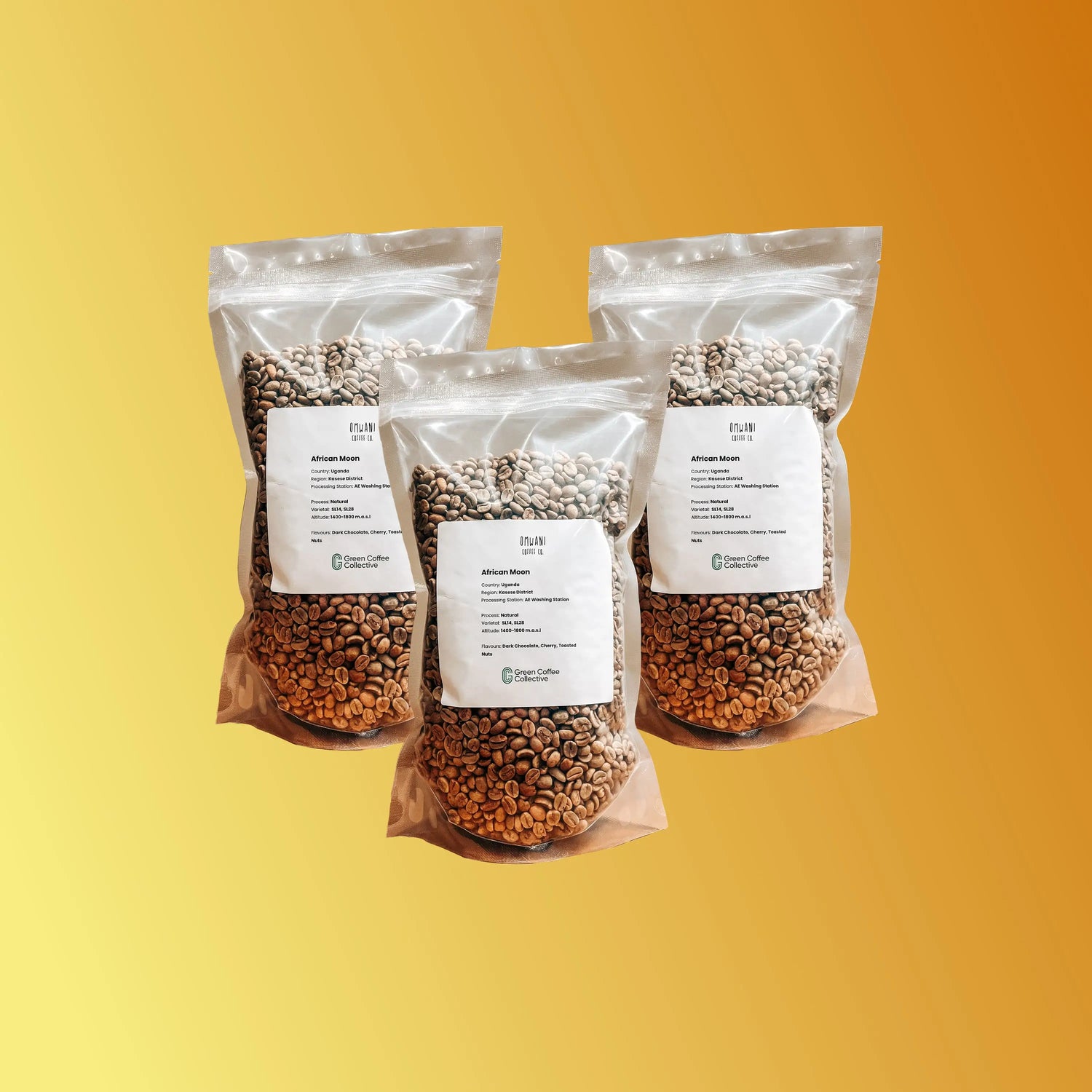
Your guide to Green Coffee for Milk-Based Espresso Drinks
-
What makes a coffee work well with milk?
-
Should I roast differently for milk drinks?
-
Can I still use more unusual coffees in milk-based drinks?
-
Perfect Green Coffee Beans for Milk-Based Espresso
-
Why Choose Specific Green Beans for Milk-Based Espresso?
-
What to Look for in Green Coffee Beans for Milk-Based Espresso?
-
Key Characteristics of Ideal Beans for Milk-Based Espresso
-
Conclusion




